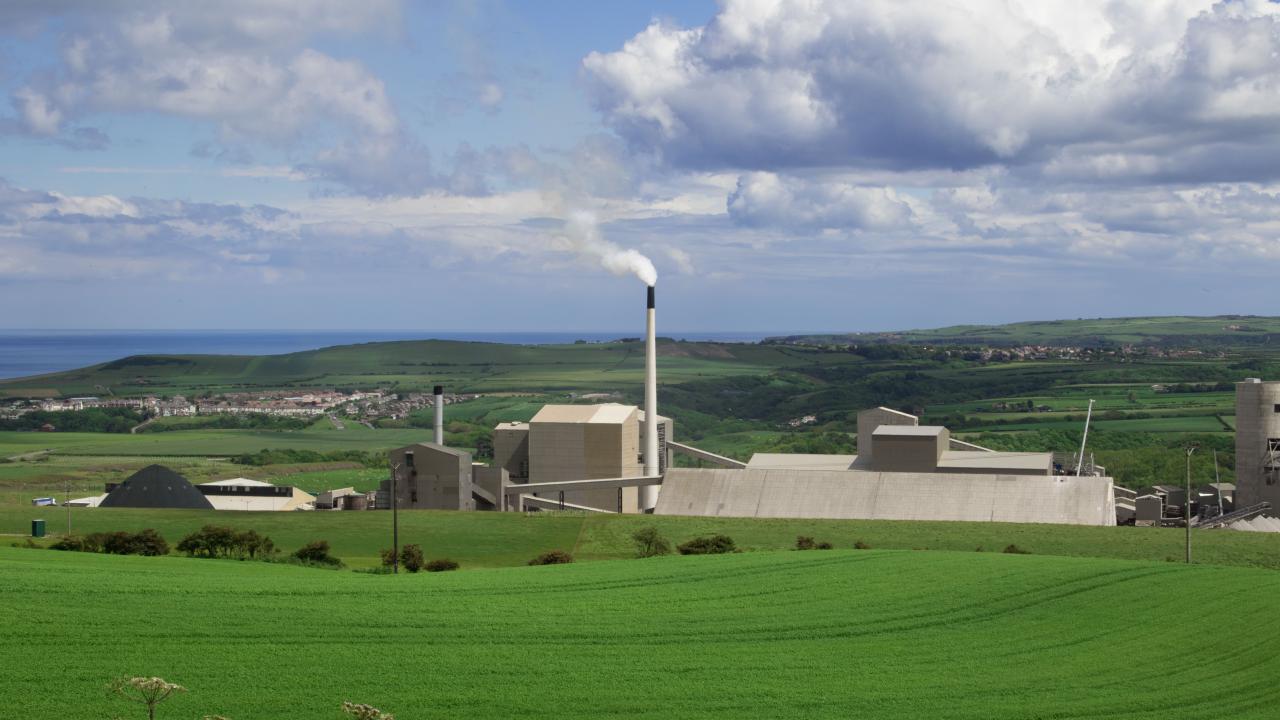Quick Summary
- Detector in Britain’s deepest mine will test technology to monitor a nearby nuclear reactor
- Consortium led by Lawrence Livermore National Lab, including UC Davis and other U.S., U.K. institutions
Physicists from the University of California, Davis, are taking a leading role in a new joint program between the United States and United Kingdom developing tools to help prevent proliferation of nuclear weapons. The first project of the Advanced Instrumentation Testbed, sponsored by the U.S. Department of Energy’s National Nuclear Security Administration, is the WATCHMAN antineutrino detector to be constructed in the Boulby potash mine in North East England.
WATCHMAN — the acronym stands for WATer CHerenkov Monitor of ANtineutrinos — is designed to look for antineutrino particles from the nuclear power plant at Hartlepool, about 15 miles away. Ultimately, the goal is to use such detectors to monitor nuclear reactors from much farther away for activity connected to nuclear weapons production. WATCHMAN will be the first demonstration of remote monitoring of individual reactor operations at a significant distance, using a scalable water-based technology.
The WATCHMAN detector would be a cylinder about 16 meters tall and the same wide, filled with purified water treated with gadolinium, which captures neutrons. An antineutrino entering the tank would set off a tiny flash of light captured by one of thousands of photomultiplier tubes.
Neutrinos and antineutrinos are particles with almost no mass, given off by exploding stars and by nuclear reactors. They barely interact with other matter, so they can pass long distances through the earth without stopping. Because of this, experiments aimed at detecting neutrinos and antineutrinos are often located deep underground to screen out other types of radiation.
The UC Davis WATCHMAN team is led by Professor Robert Svoboda, Department of Physics, one of group of scientists who first developed the idea and founding scientific co-leader of the project from 2014 to 2016. The UC Davis team also includes postdoctoral researcher Leon Pickard, graduate students Teal Pershing and Morgan Askins, two current undergraduate students, Tejas Sharath and Lena Korkeila, and Julie He, a former UC Davis undergraduate.
Read more about how research by undergraduates is contributing to WATCHMAN.
The UC Davis team leads work on the ultrafast photomultiplier technology for the instrument and also on the use of new materials for catching the elusive neutrino particles.
Svoboda’s laboratory has been or is involved with a number of projects including the Super-Kamiokande experiment in Japan, the SNO+ experiment (Canada), and the Large Underground Xenon (LUX) dark matter experiment at the Sanford Underground Research Facility in South Dakota. Like WATCHMAN, these experiments are all located in former mines — a necessary requirement to be able to separate the faint signal of neutrinos from the natural radiation of surface environment.
WATCHMAN will be built by the Advanced Instrumentation Testbed consortium, which consists of Lawrence Livermore and Brookhaven national laboratories, the United Kingdom’s Atomic Weapons Establishment, UC Berkeley, UC Davis, UC Irvine, Iowa State University, Penn State University, the University of Pennsylvania, the University of Michigan, the University of Hawaii and the University of Sheffield, U.K. The team hopes to have the WATCHMAN detector running in 2023.
Media Resources
Robert Svoboda, UC Davis Physics, 530-754-9610, rsvoboda@physics.ucdavis.edu
Andy Fell, UC Davis News and Media Relations, 530-752-4533, ahfell@ucdavis.edu
